Well, it’s back to libraries again! It’s been on my list to visit local Carnegie libraries and there are quite a few just in Oakland. I went to Melrose, Golden Gate, Temescal and once again to the old Main Library (now the African American Museum and Library).
The others are at Mills College (now used as offices so probably not open to the public) and the Miller Avenue library which burned down in 2018. Berkeley had one Carnegie library, on the site of the current central library, which was torn down in 1929 (presumably for being too small to serve the growing population).
Melrose branch:
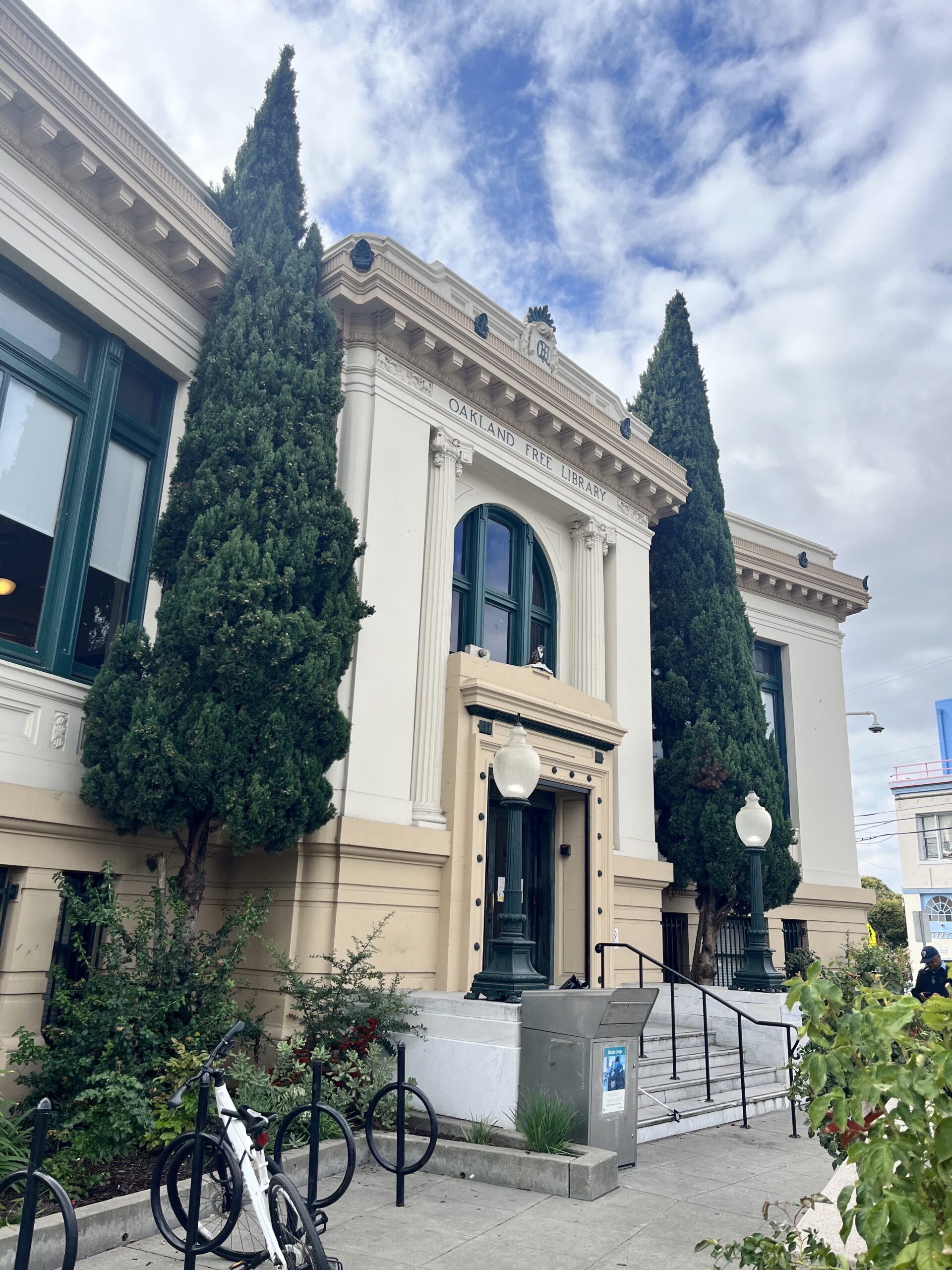
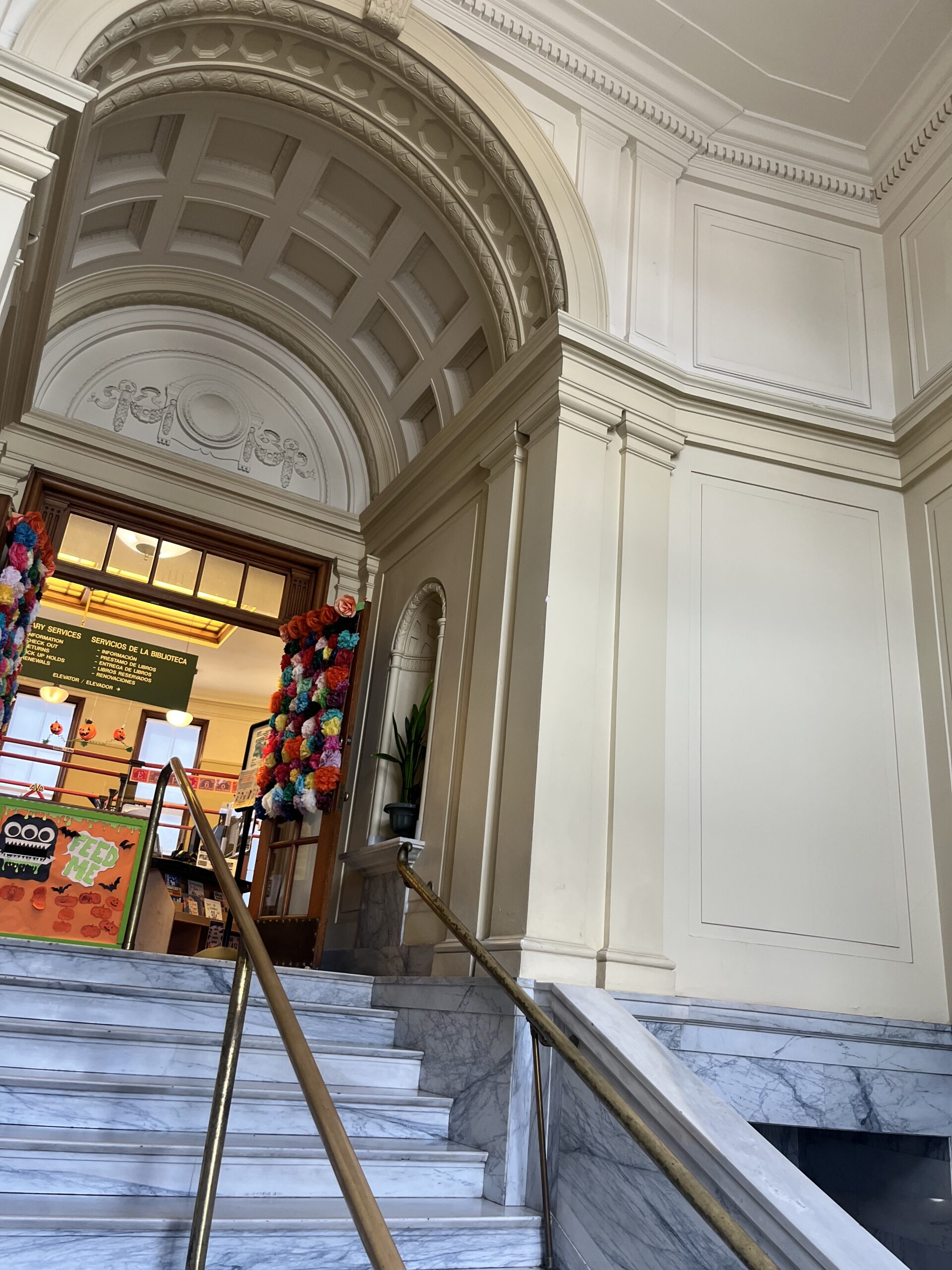
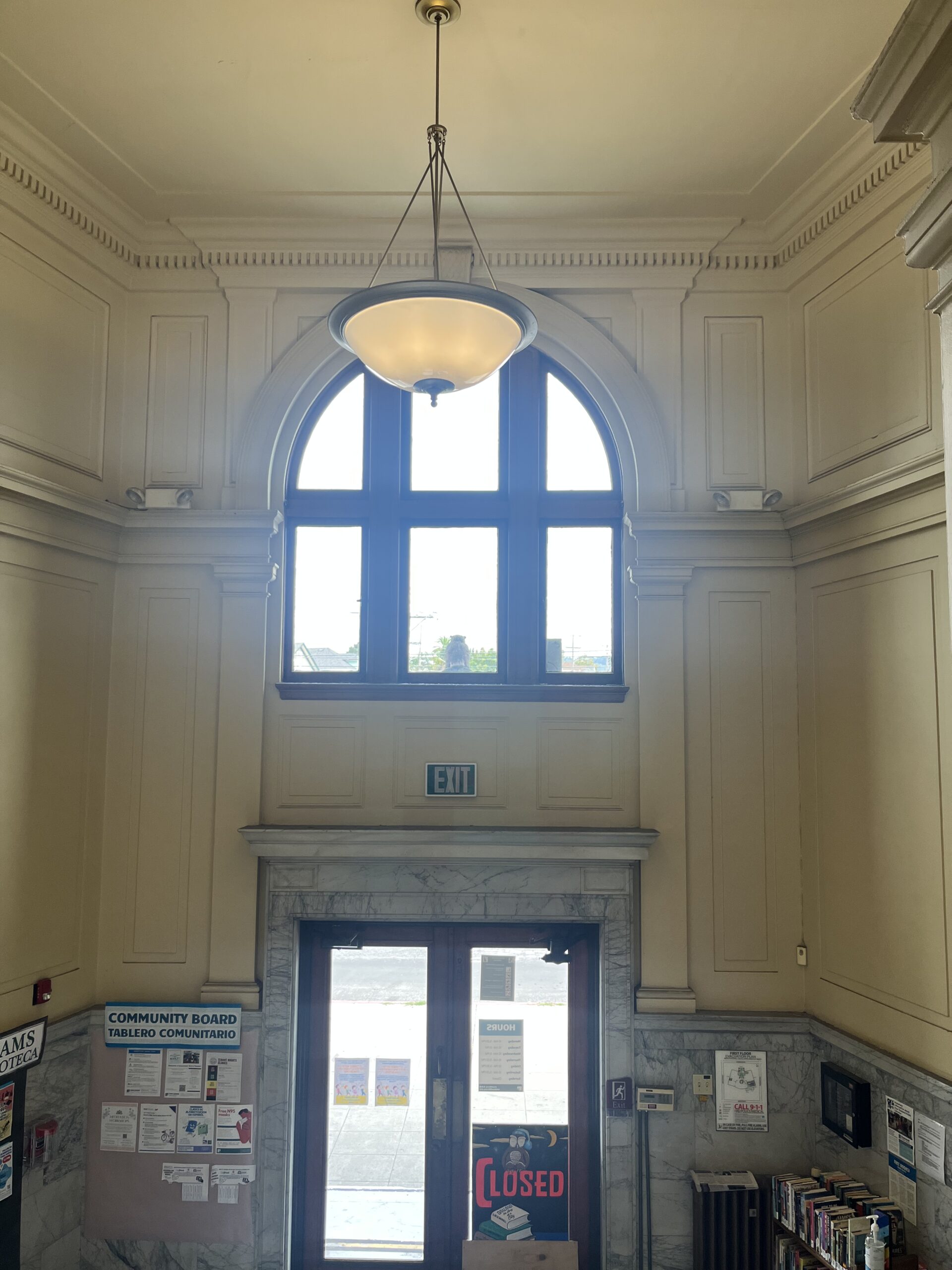
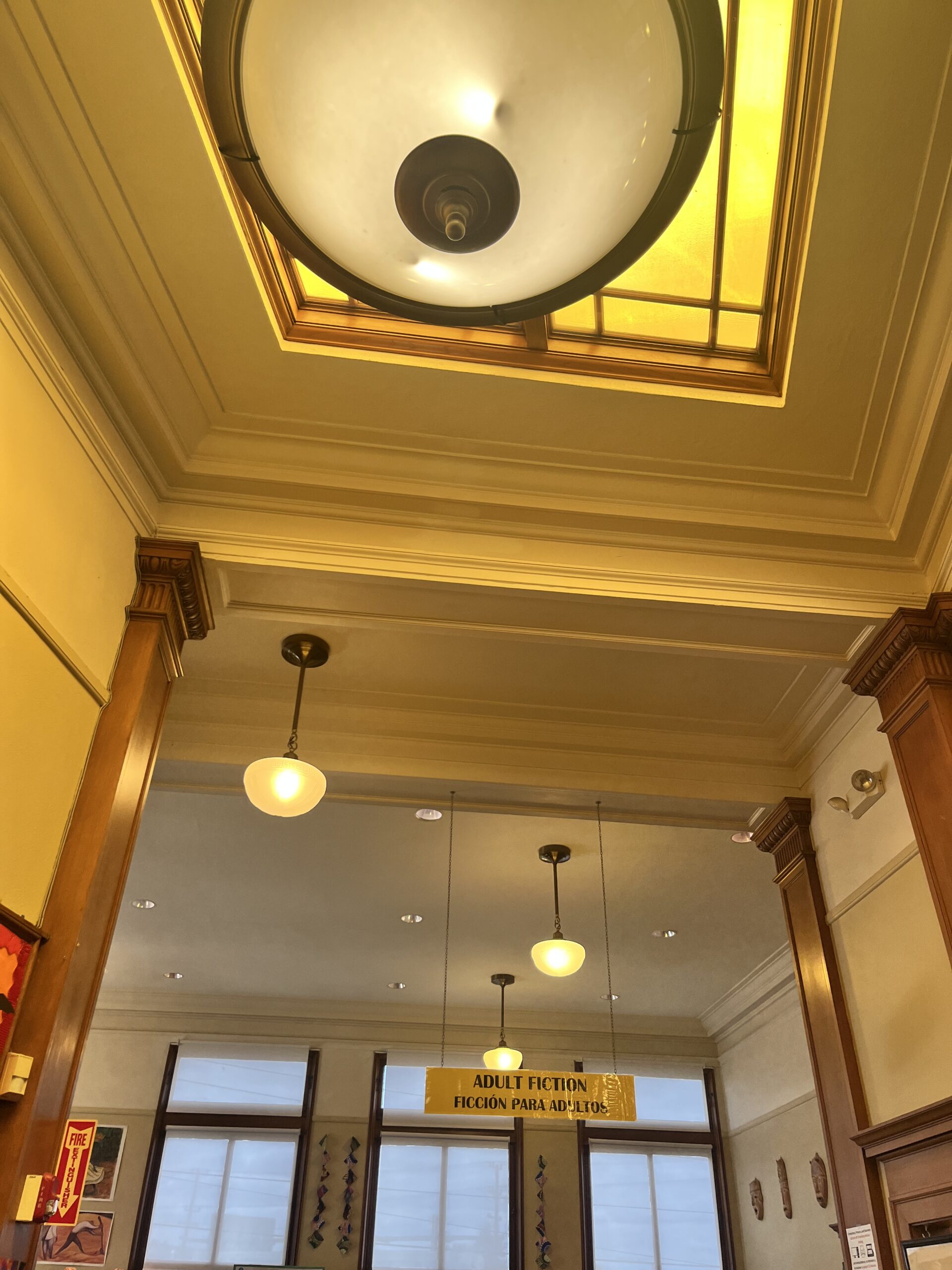


The Melrose branch was built in the Classical Revival style. I think it’s the prettiest. The Temescal (formerly Alden) branch is Tudor Revival. The Golden Gate branch is Georgian Revival. According to the National Register of Historic Places, all three are physically as they were originally, inside and out. The original Main library is Italian Renaissance style.
Temescal branch:


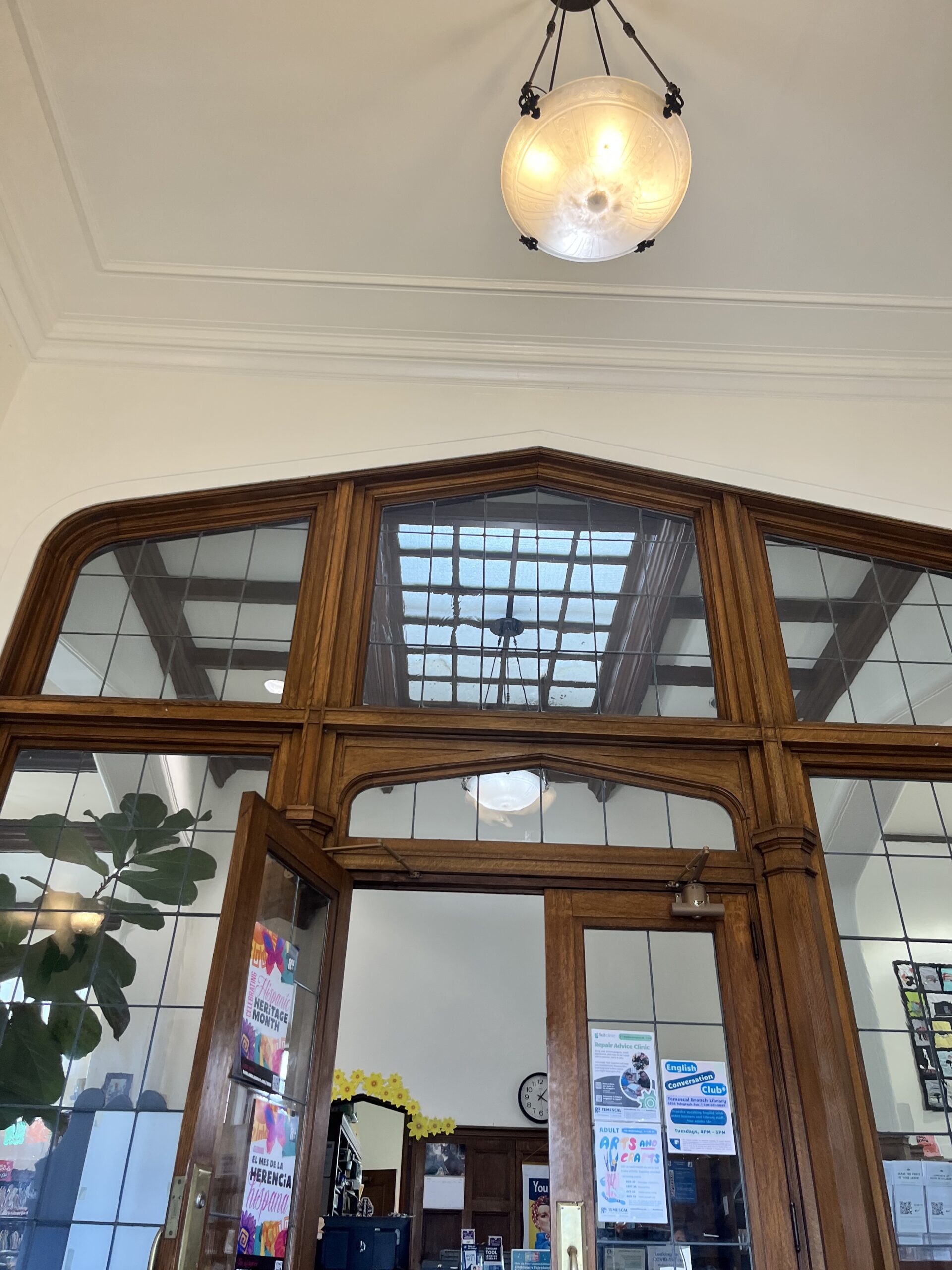
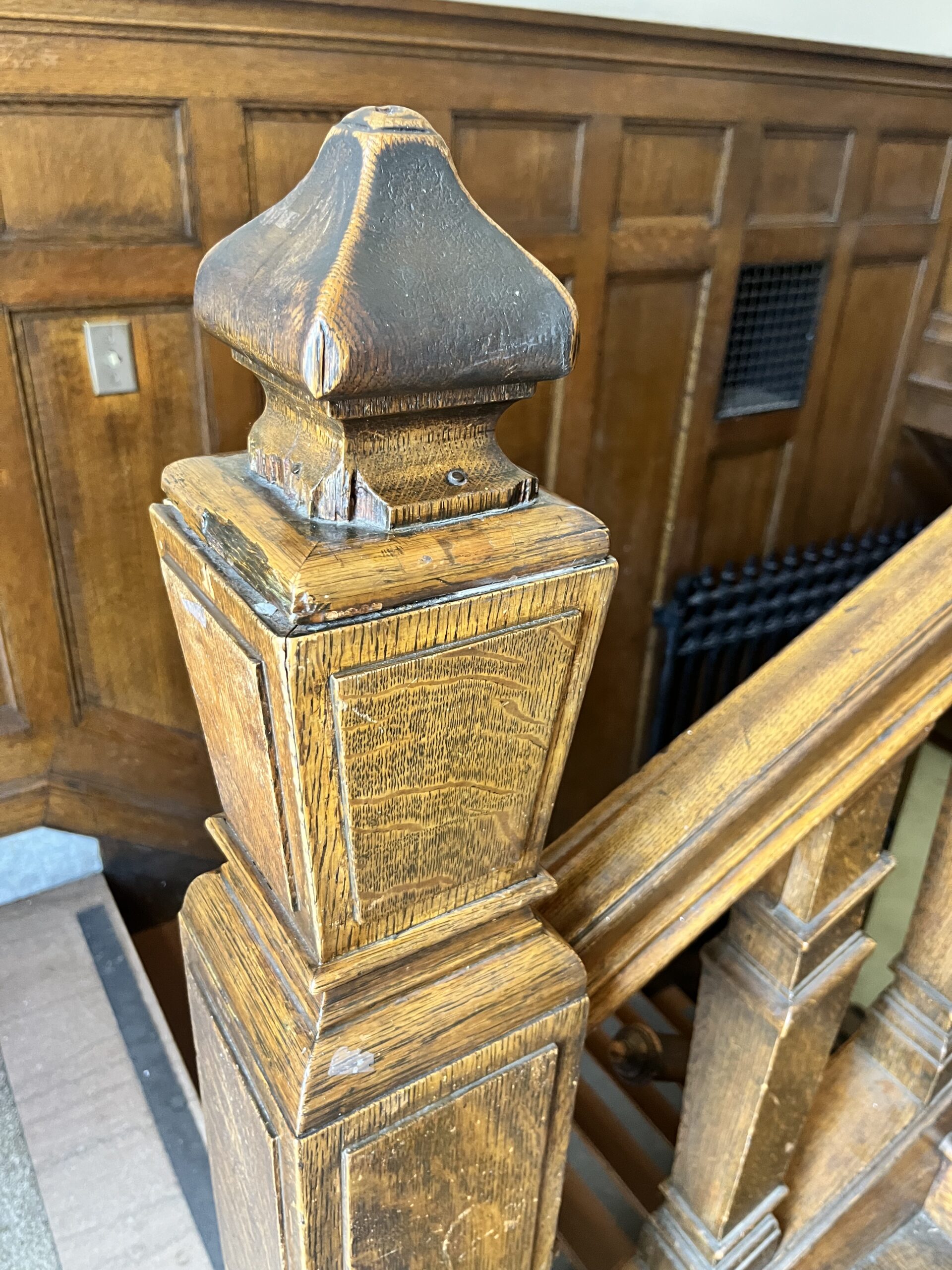
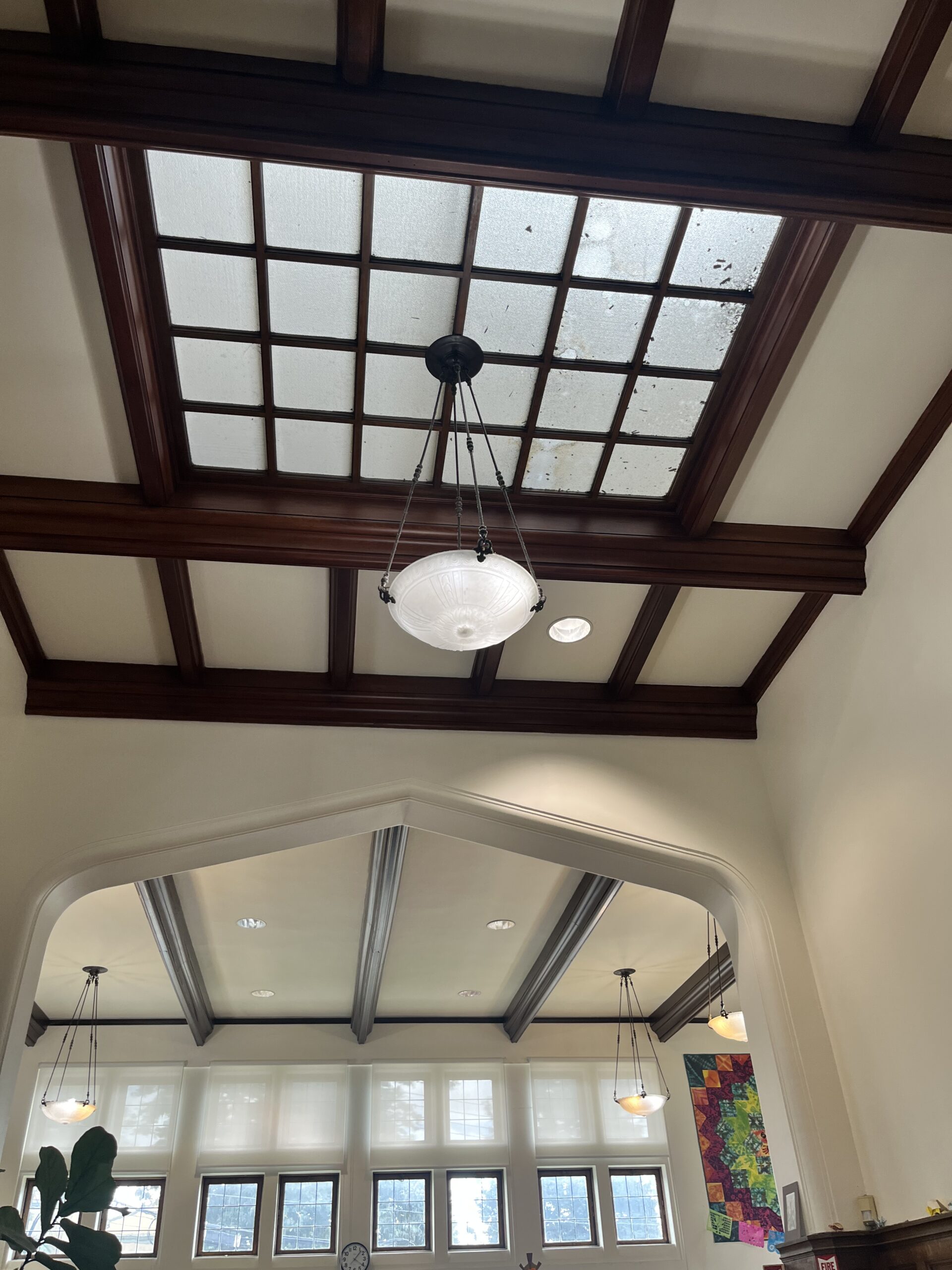

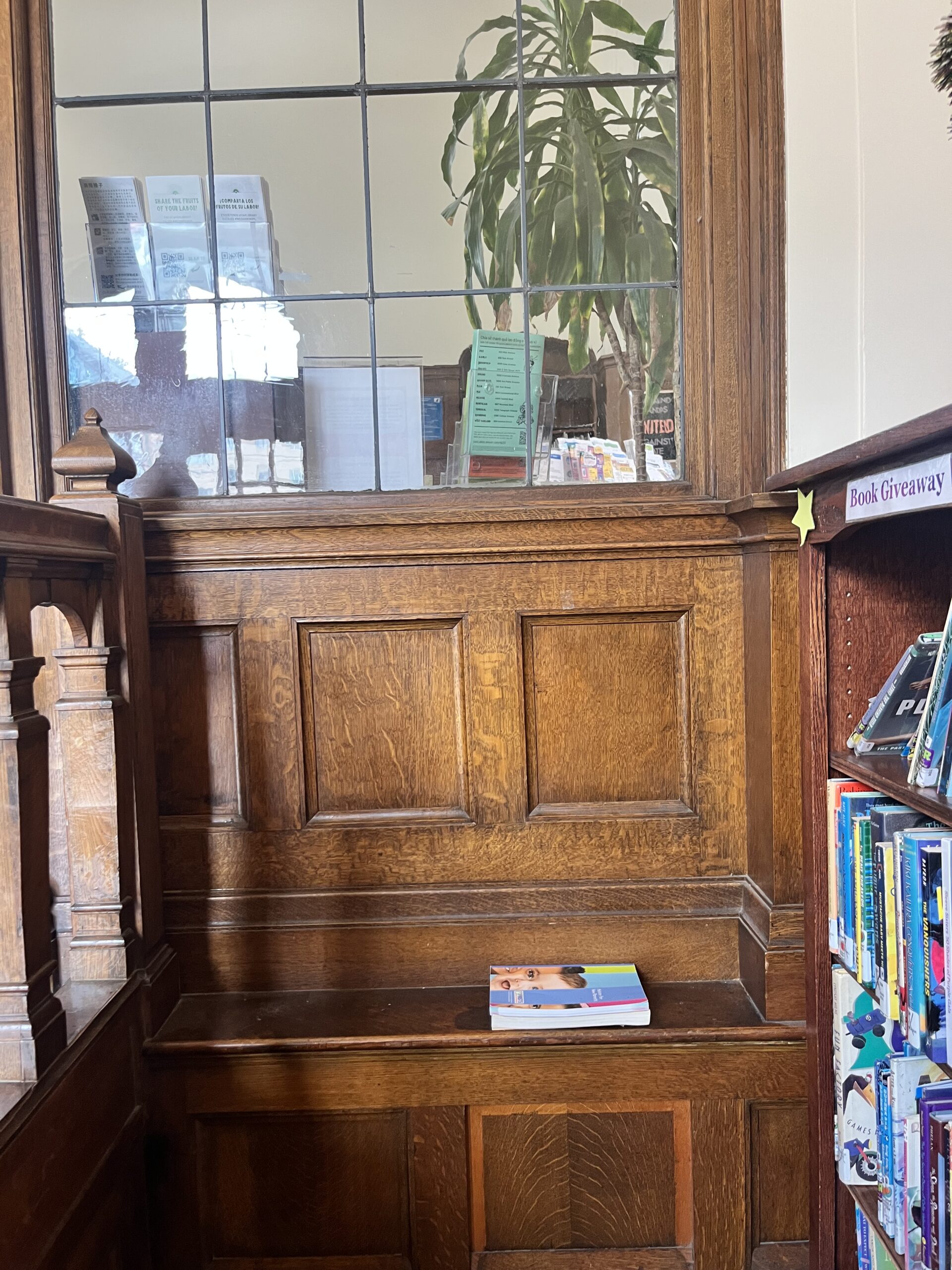
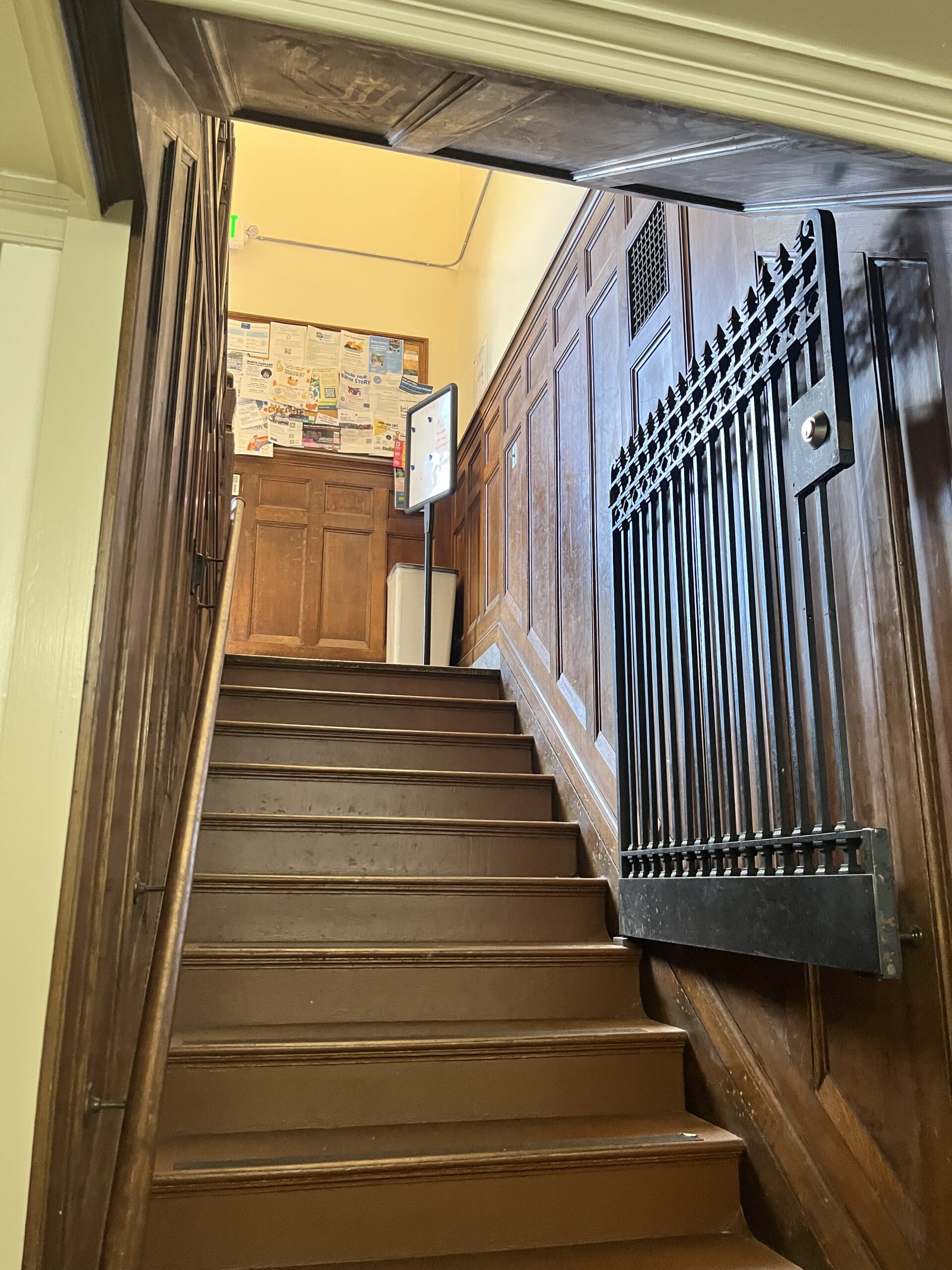
The earliest American libraries in New England were for paid members only. As a youth, Carnegie argued for libraries to be free to all. Cities introduced taxes for this purpose but a lot more money was needed to actually build the libraries.
The Carnegie Library website says “American steel magnate, and philanthropist Andrew Carnegie gave some $56 million to build 2,509 public libraries” (one online calculator estimates this to be about $2 billion current dollars). About 1600 were in the US.
Golden Gate branch:
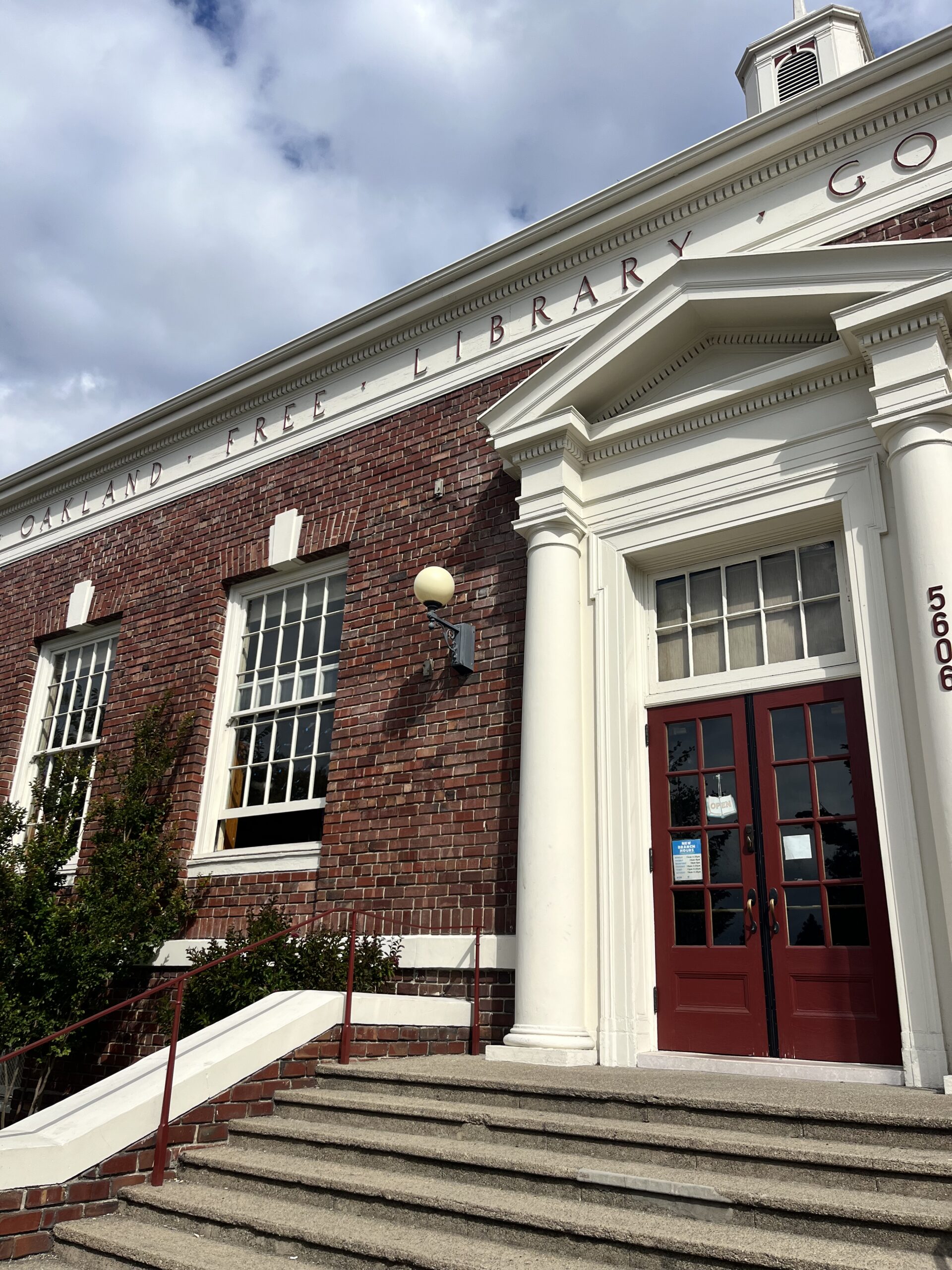
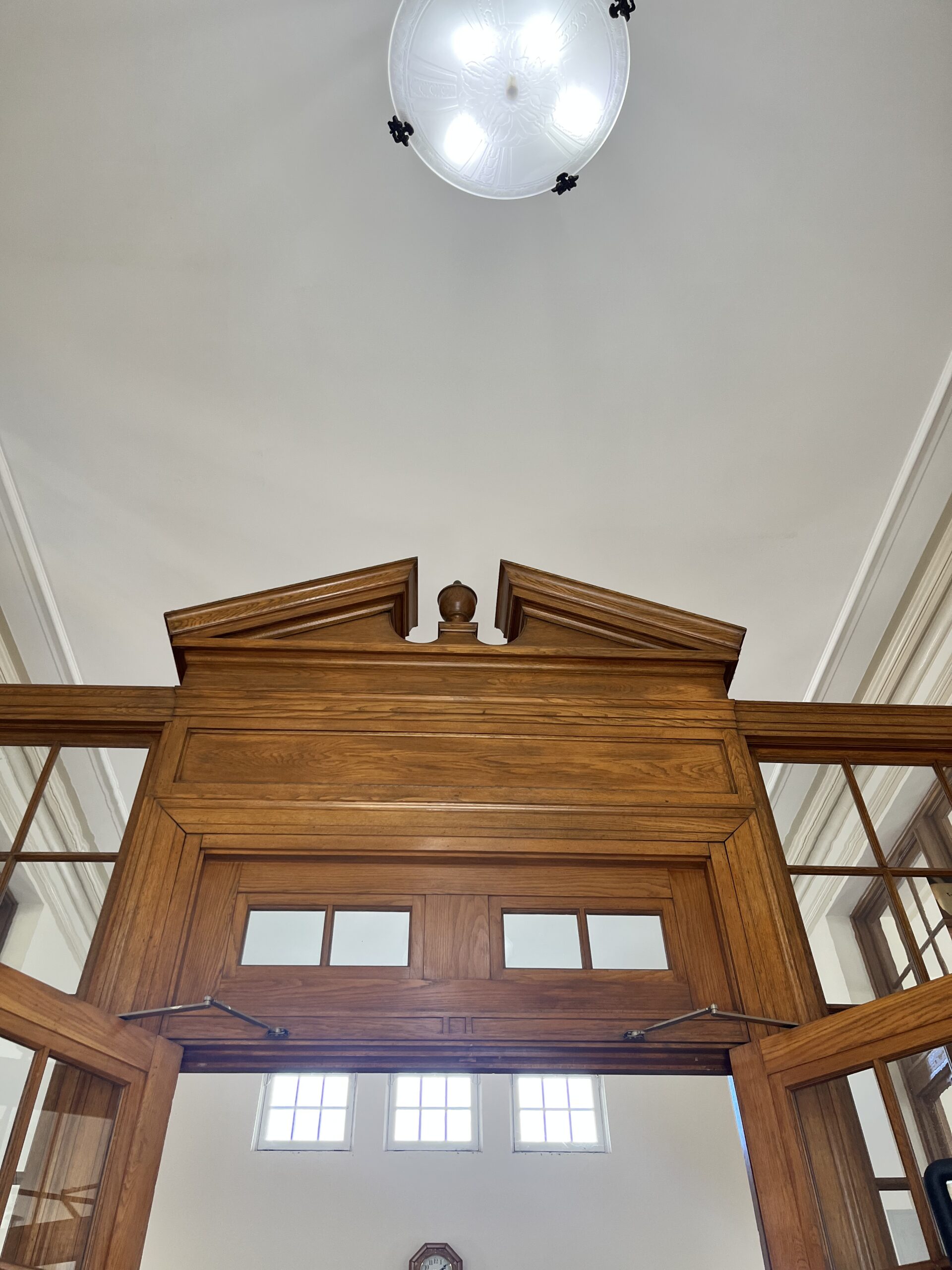
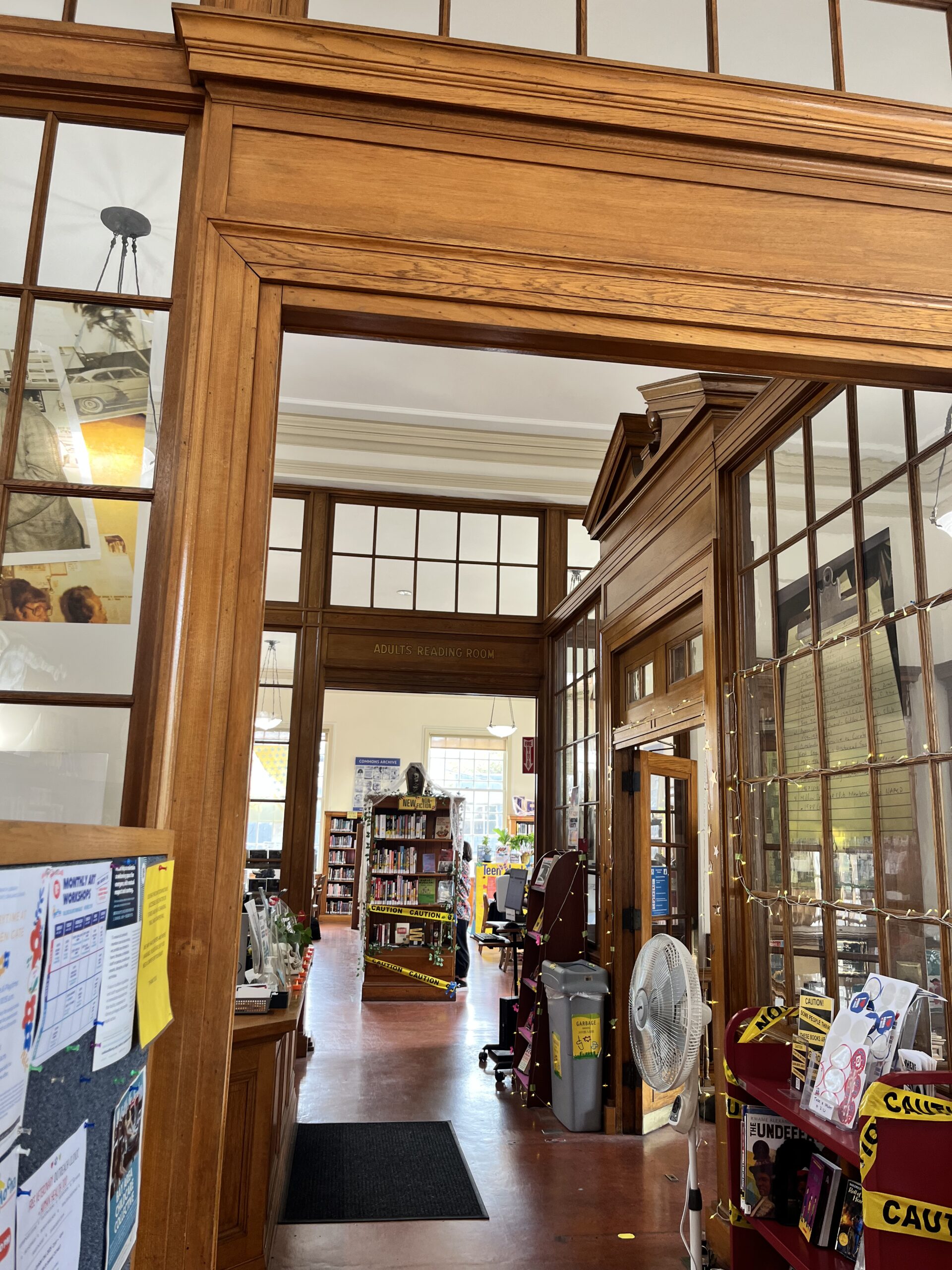
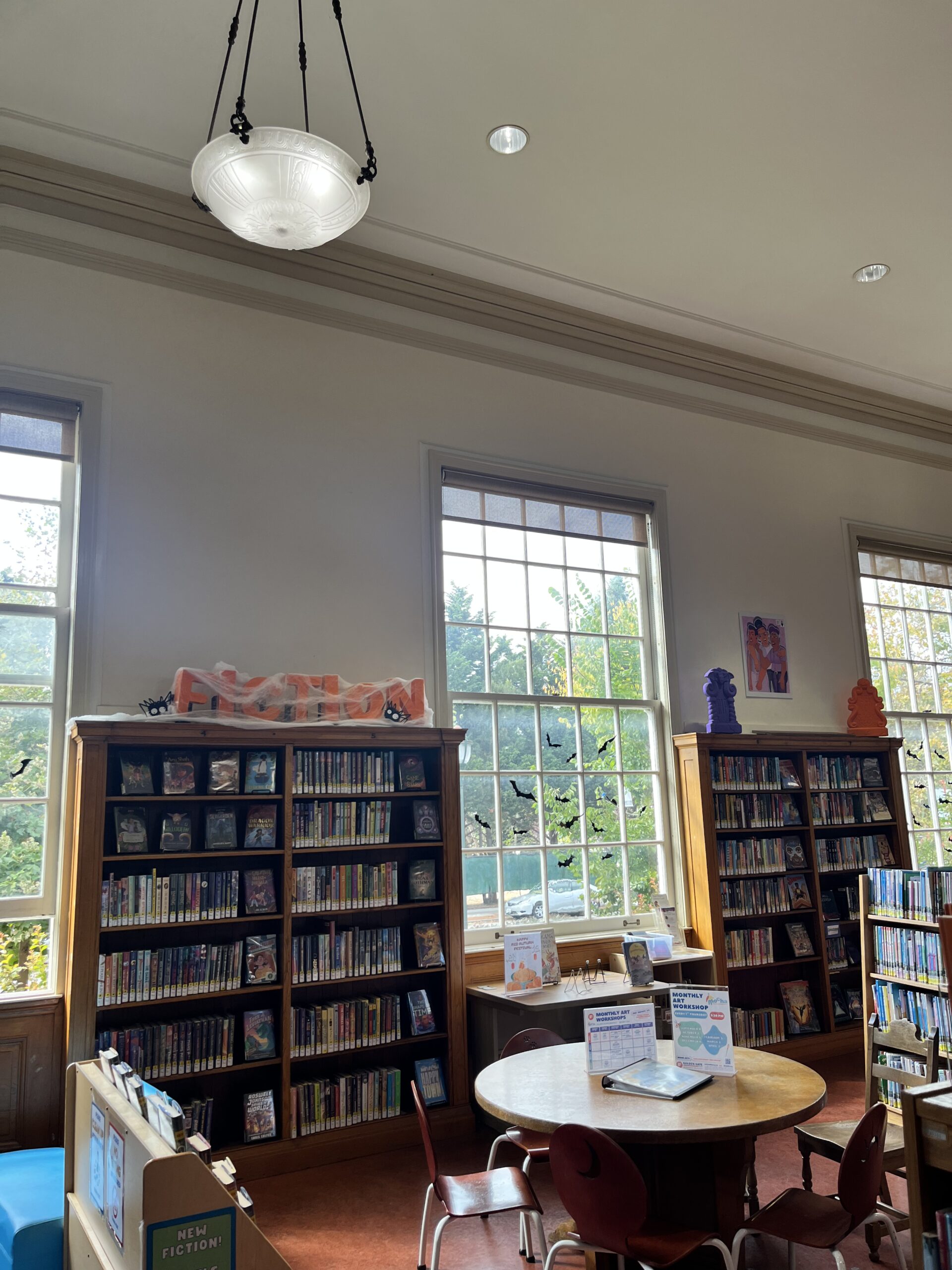
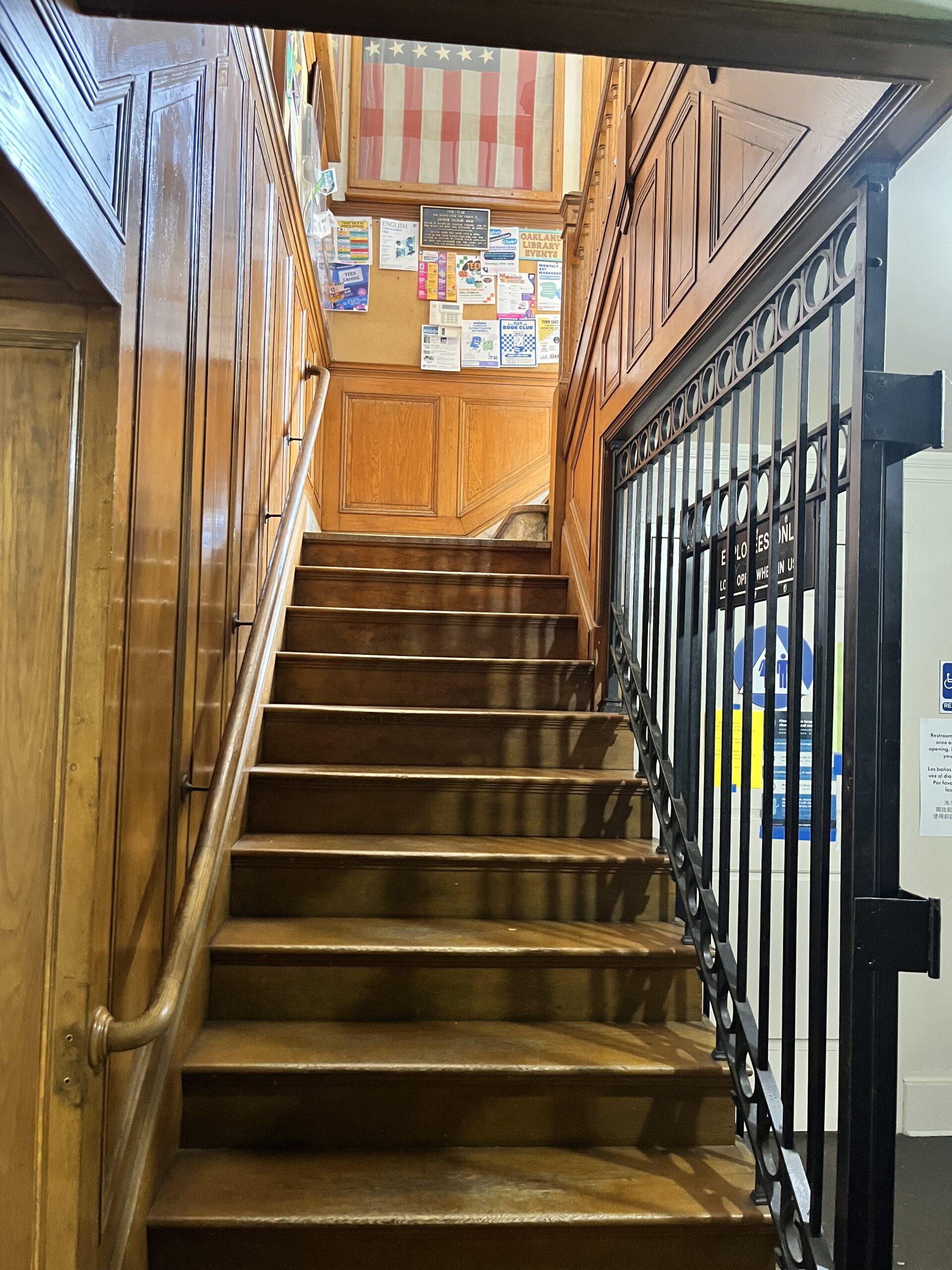
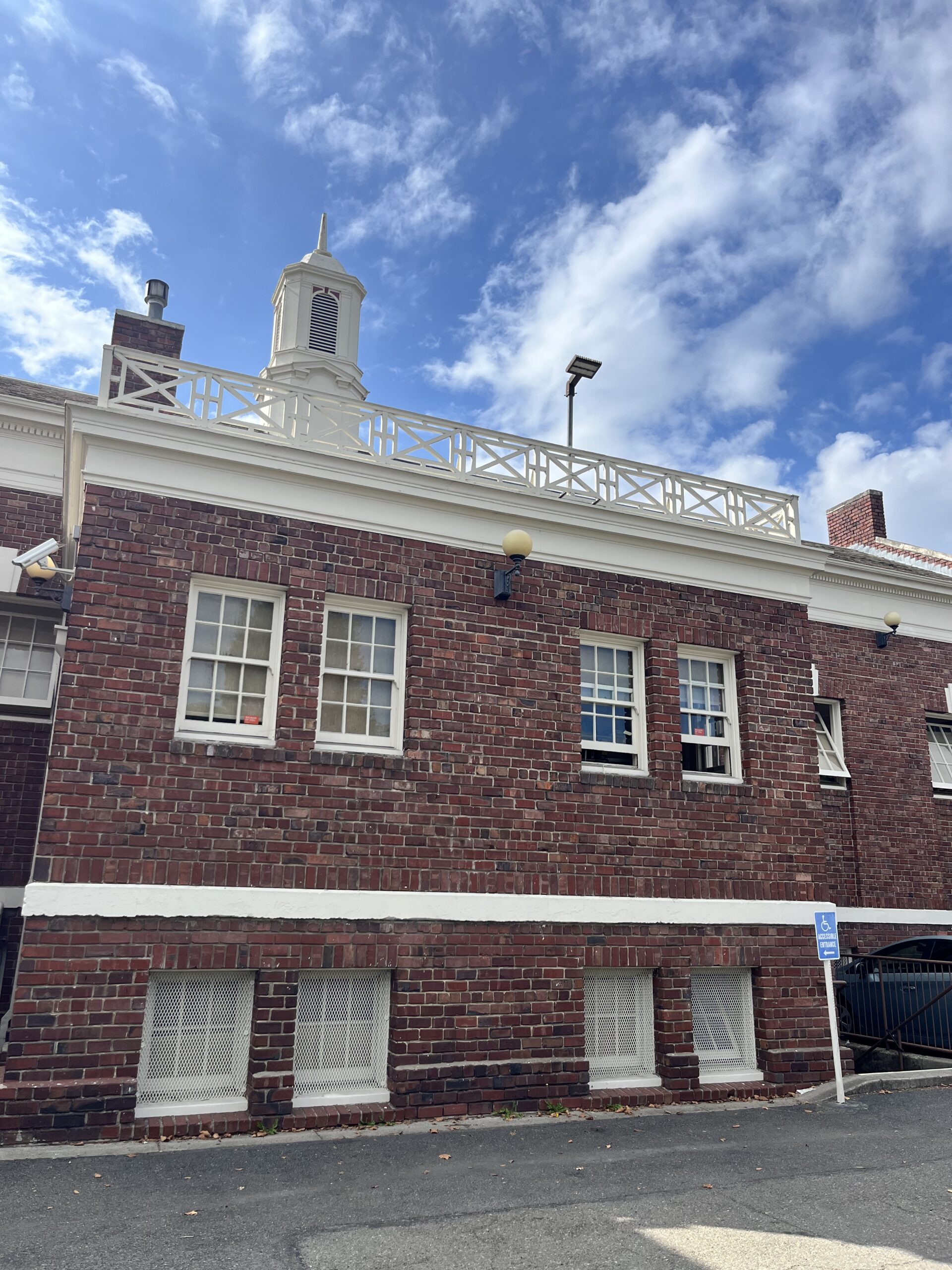
He loved books and used his wealth to give book access to all (in the segregated south there were a number of Carnegie libraries for Black people). Towns were given funds to build a library if they met certain criteria and pledged to maintain it.
Old Oakland Main:
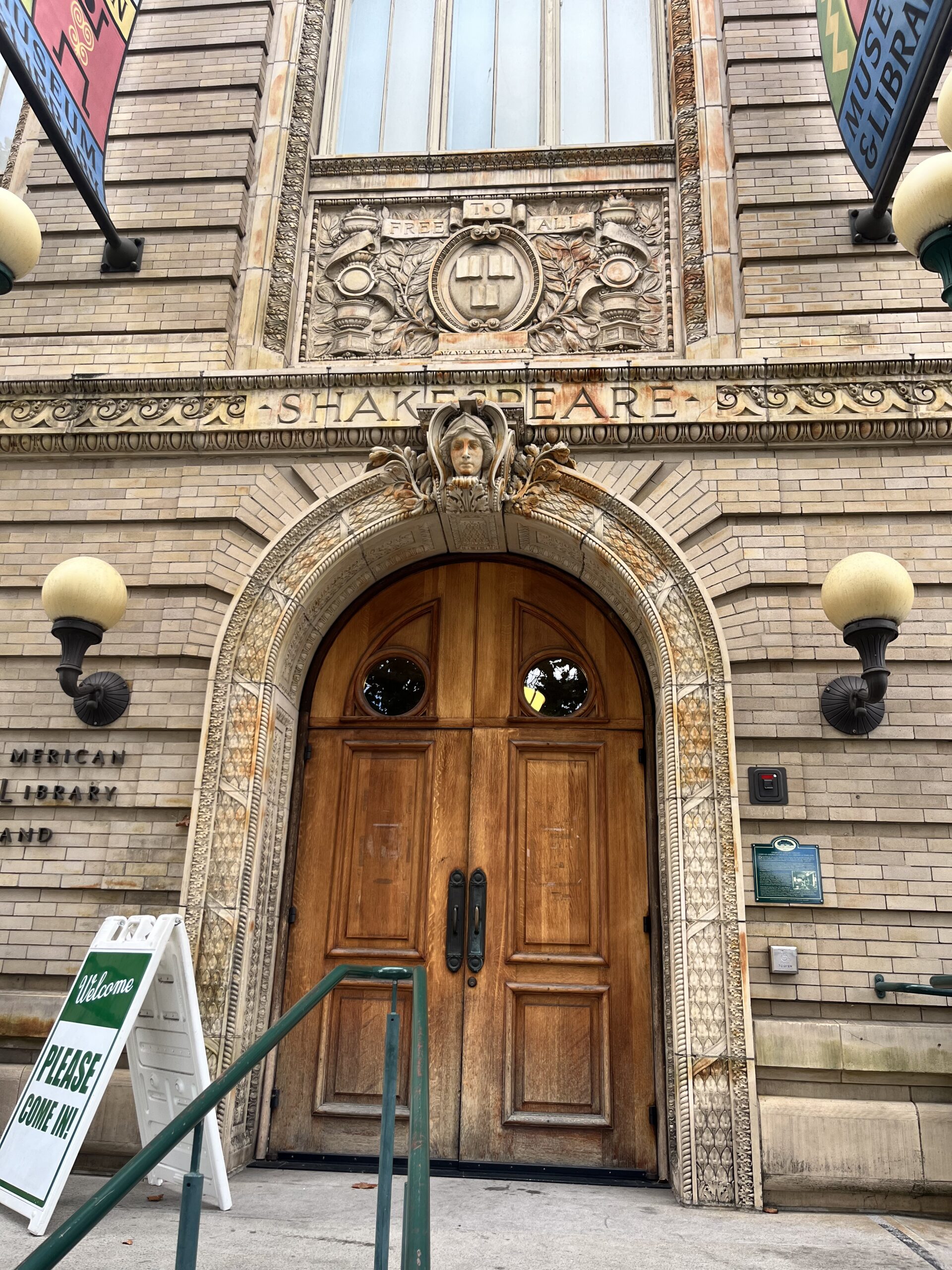
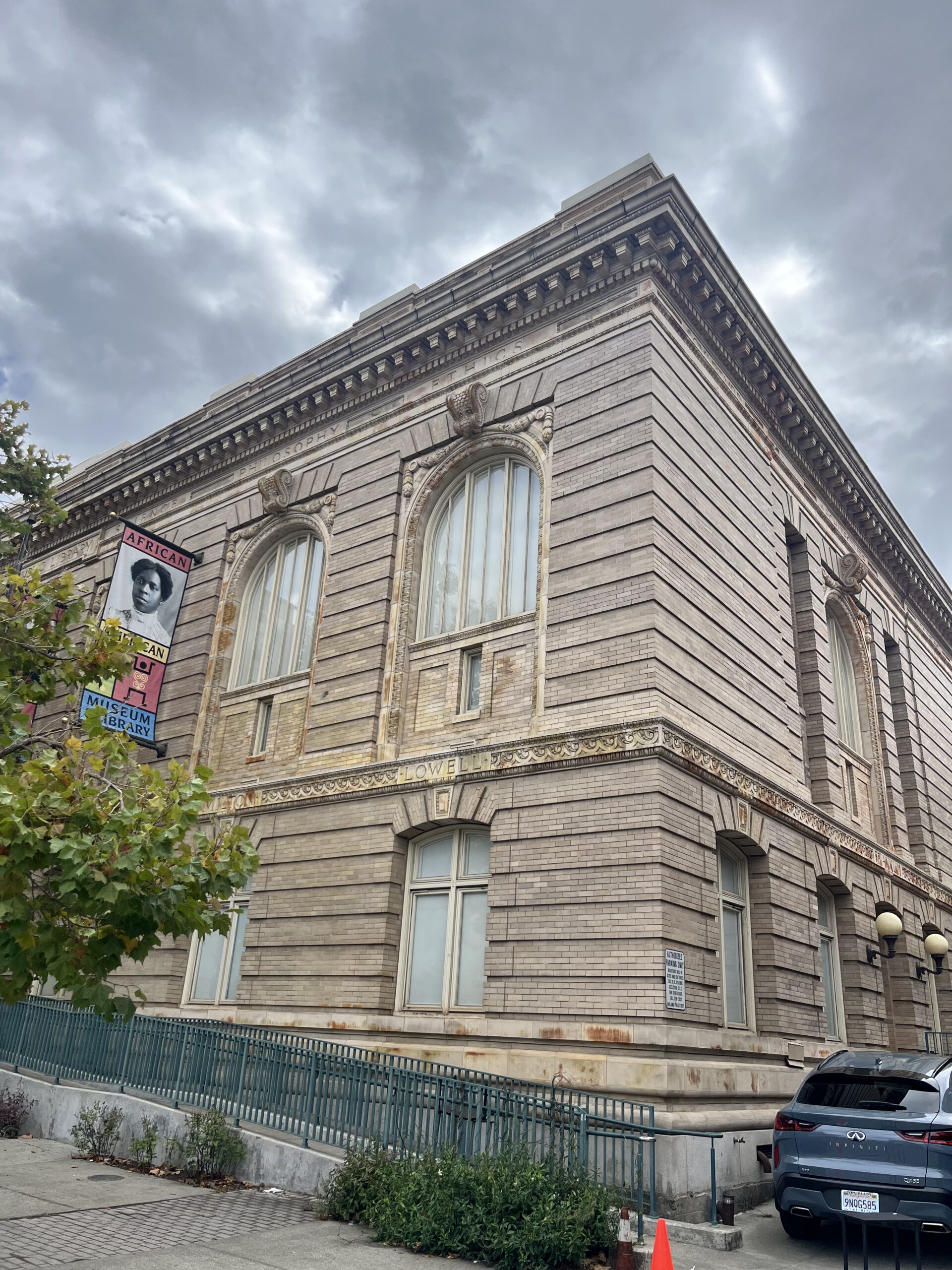
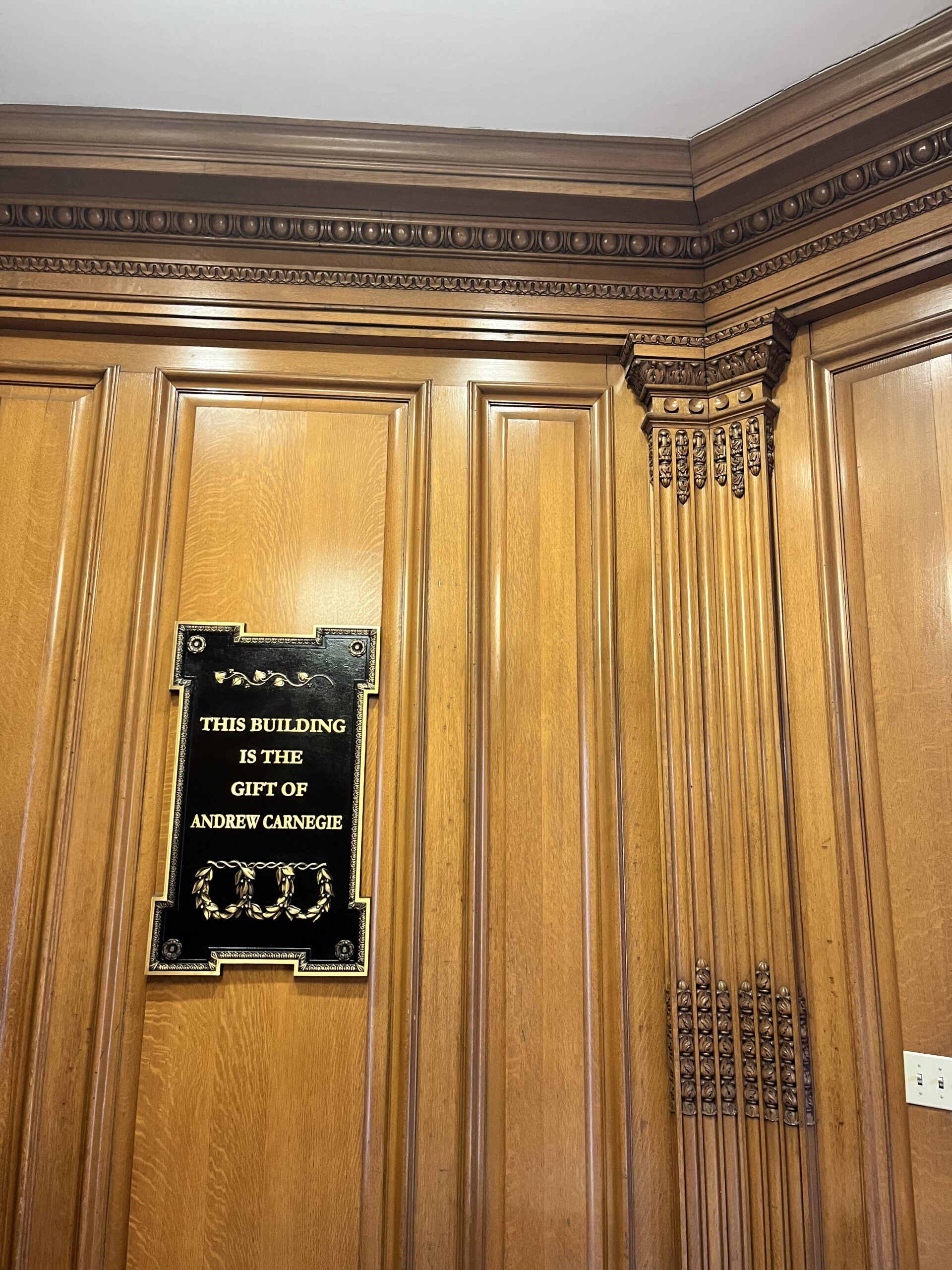

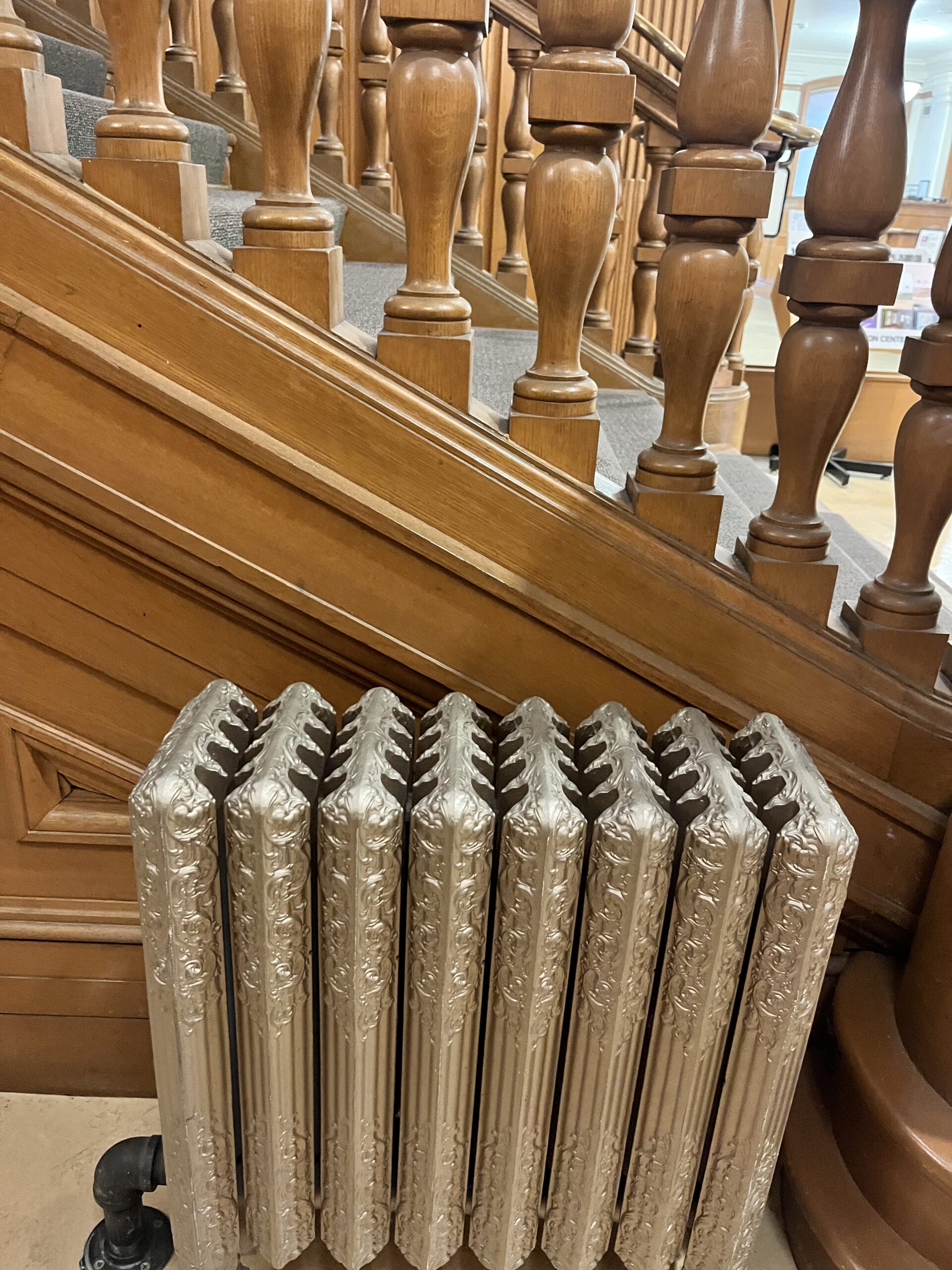
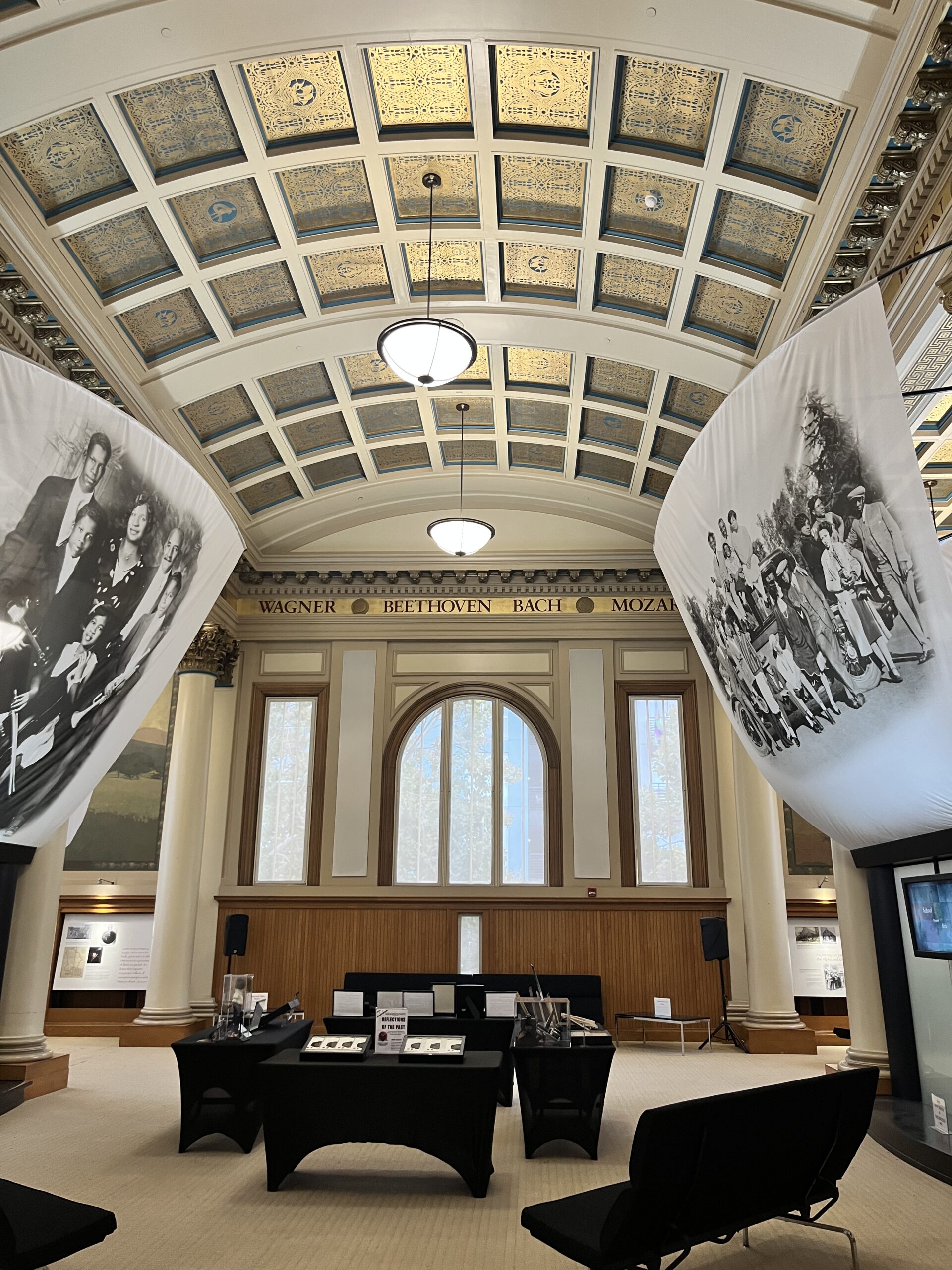
They vary in exterior style but have features in common. Almost all have an entry staircase that symbolized a person’s elevation by learning, and a lantern at the entrance as a symbol of enlightenment.
The foyers were also similar. Another staircase, flanked by stairs going to the lower level community room or a little reading nook. Two libraries had skylights and all had plenty of tall windows. Carnegie introduced the “open shelf” system where patrons could browse freely. Before that, you had to request a book from the librarian, meaning you had to know what you wanted!
Hey there,
Eric has fond memories of the radiators like the one in the Old Oakland Main library!
Thanks, Clarina💥